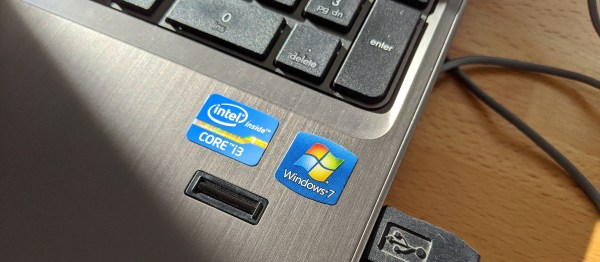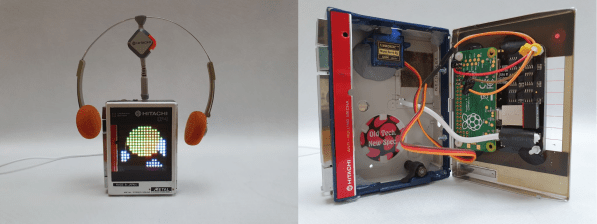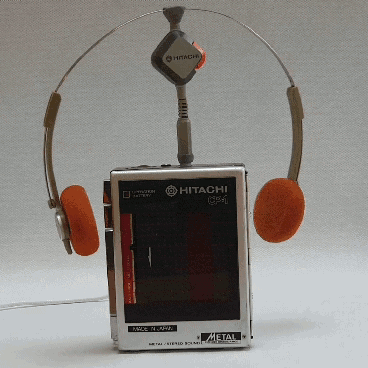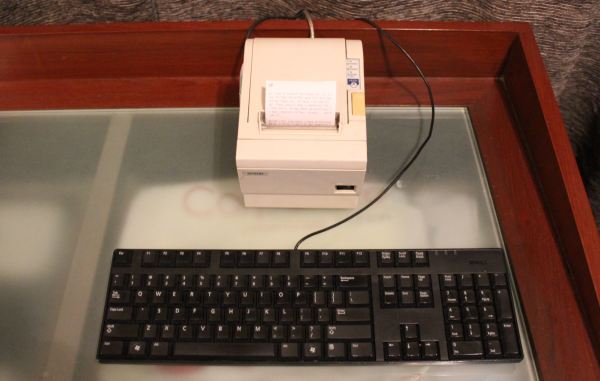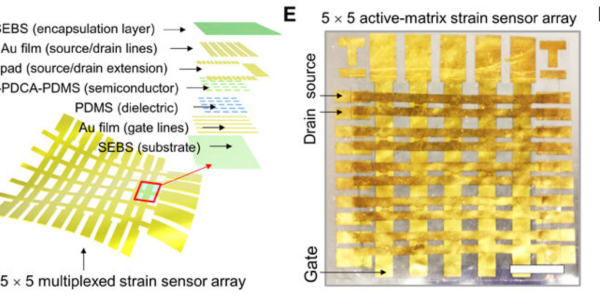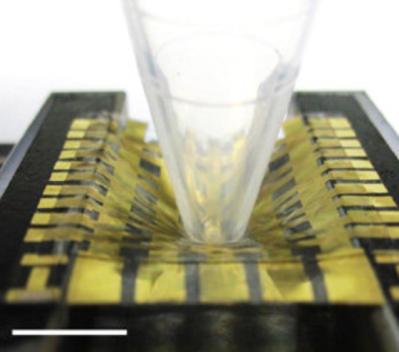There’s a certain charm to old technologies that have been supplanted by newer versions. And we’re not just talking about aesthetic nostalgia this time. With older versions of current technology, you are still connected to the underlying process, and that’s a nice feeling.
Part of the typewriter’s charm is in its instant permanence. These days, its so easy to backspace, delete, and otherwise banish thoughts to the void without giving them a fair trial, though it’s nice not to have to pound the keys to make an impression. At the typewriter, your words are immediately committed to paper, for better or worse. You can usually see them pretty well, although maybe not on the current line, and that is good for letting the words flow without judgment.
[Murtaza Tunio] recently used a thermal POS printer in an art project, but it had since grown cold with disuse. Why not turn it into a typewriter? All it took was a Raspberry Pi, a USB keyboard, and an existing Python library for communicating with these parallel printers. Typing is a bit challenging for a few reasons. For one thing, [Murtaza] has to type five lines before the words become visible. The enter key doesn’t come across for some reason, so a different one had to be assigned. On the upside, [Murtaza] can trigger the paper cutter with a keystroke.
Not too hot on thermal printers? You might find this e-ink typewriter refreshing.



